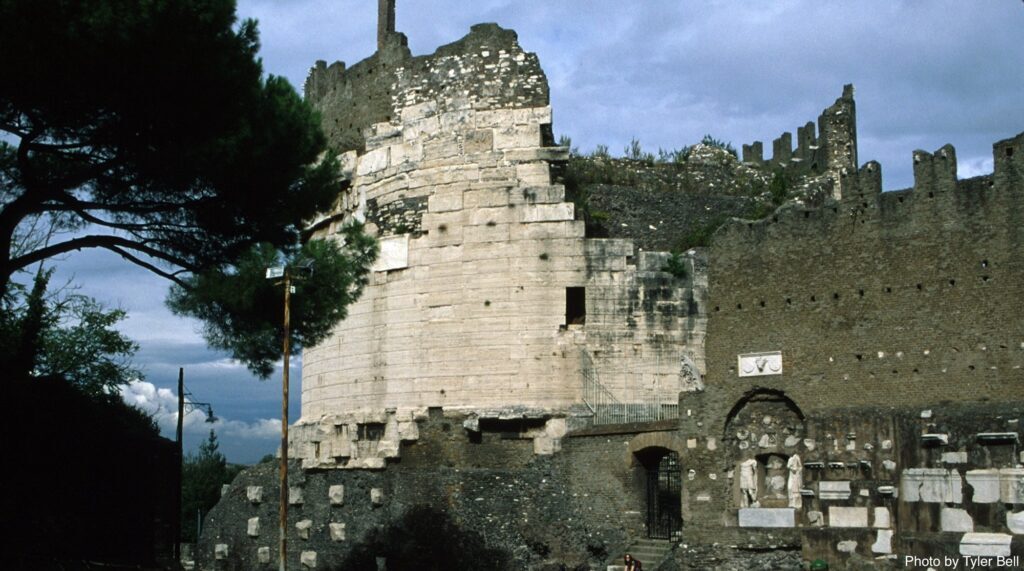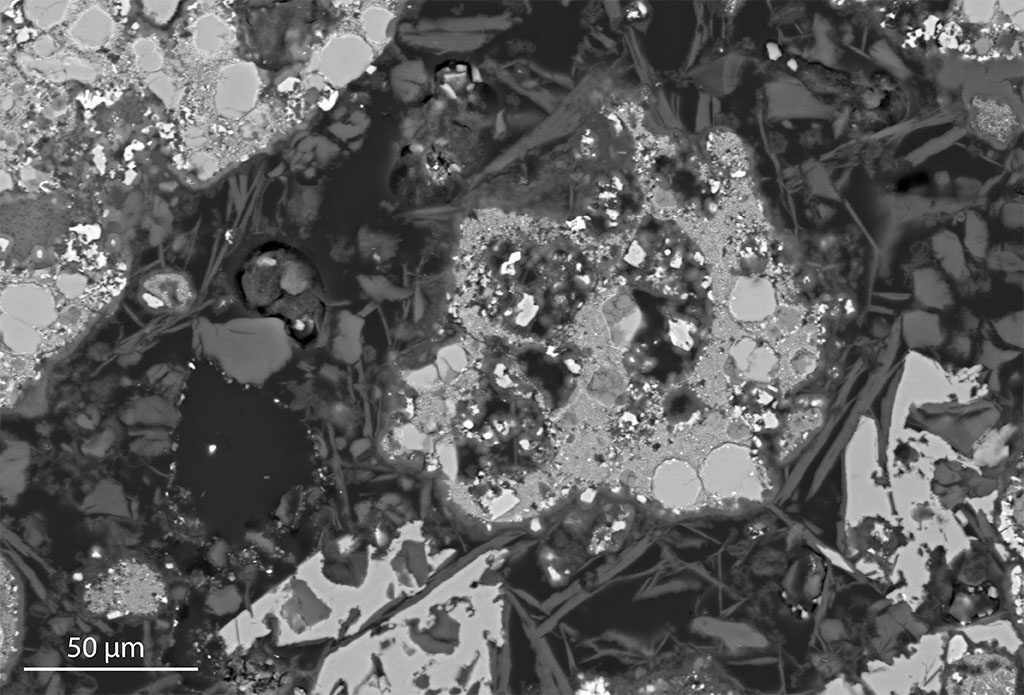
When steel reinforcements were introduced to concrete in the 19th century, it was rightfully at the time hailed as a massive step up in innovation. Adding steel bars to concrete speeds up construction time, uses less concrete, and allows the engineering of long, cantilevered structures such as miles-long bridges and tall skyscrapers. These early engineers who introduced these projects thought reinforced concrete structures would last at least 1,000 years. In reality, we now know their lifespan is between 50 and 100 years.
Concrete was originally developed by the ancient Romans, whose building techniques were lost with the fall of the empire and wasn't reinvented until 1824 when an Englishman named Joseph Aspdin discovered Portland cement by burning finely ground chalk and clay in a kiln until the carbon dioxide was removed.
However, the durability of the two types of concrete is worlds apart. Many magnificent Roman buildings, such as the Pantheon, still stand proud even to this day after nearly 2,000 years.
Comment: To be fair, some of the famous structures were buried under huge amounts of dirt, and it may be that they're a little younger than we think.
In a new study, scientists describe another example that serves as a testament to the craftsmanship of Roman concrete, illustrating the case of a large cylindrical tomb that serves as the final resting place for 1st-century noblewoman Caecilia Metella.
Investigations performed by geologists and geophysicists at the University of Utah show that the tomb's concrete is of particularly high quality and durability, even by Roman standards, surpassing that of the tombs for her male contemporaries.
The secret is the particular type of volcanic aggregate the Roman craftsmen use and a bit of luck owed to the fortuitous chemical interaction of rainwater and groundwater with these aggregates.
The concrete that outlived an empire
Caecilia's tomb lies on the edge of the Appian Way, the famous ancient Roman road that connected Rome to Brindisi, in the southeast. The structure is monumental for its time, measuring 70 feet (21 meters) in height and 100 feet (29 meters) in diameter. It consists of a drum-shaped tower on top of a square-shaped base.
It was erected around the year 30 BCE, which means Caecilia must have passed away while Rome was still a Republic. Just a few years later, in 27 BCE, Octavianus Augustus, Julius Caesar's nephew, proclaimed himself Emperor, opening up a new age for Rome.
Her imposing tomb is worthy of her status. The daughter of a wealthy nobleman, she married into the family of Marcus Crassus, probably the wealthiest man in the world at the time (and one of the wealthiest in history, relatively speaking) and the third member of the famous triumvirate alliance with Caesar and Pompey.
Marie Jackson, research associate professor of geology and geophysics at the University of Utah, first visited the tomb in 2006 with a permit from Italian archaeologists to collect a small sample of mortar for analysis. When she arrived at the site, she was stunned by the almost perfectly preserved brick masonry walls and the water-saturated volcanic rock outcrop in the substructure.
Now, in a new study, Jackson teamed up with colleagues from MIT and the Lawrence Berkeley National Laboratory to zoom into the microstructure of the tomb's concrete using an array of modern tools at their disposal. These instruments include the microdiffraction beamline at the Advanced Light Source (ALS) that produces a "micron size, extremely bright and energetic pencil X-ray beam that can penetrate through the entire thickness of the samples, making it a perfect tool for such a study," said co-author Nobumichi Tamura of Lawrence Berkeley National Laboratory.
Modern concrete mixes Portland cement — limestone, sandstone, ash, chalk, iron, and clay, among other ingredients, heated to form a glassy material that is finely ground — with aggregates, such as ground sand or rocks. These aggregates, usually sand or crushed stone, are not intended to chemically react because if they do, they can cause unwanted expansions in the concrete.
In contrast, Roman concrete didn't use cement. Instead, they would make the concrete by first mixing volcanic ash, known as "tephra", with limestone and seawater to make mortar, which is later incorporated into chunks of volcanic rock, the 'aggregate'. Previously, while studying drilled cores of Roman harbor concrete, Jackson found an exceptionally rare mineral, aluminous tobermorite (Al-tobermorite) in the marine mortar. The mineral's presence surprised everyone because it is very difficult to make. For Al-tobermorite to form, you need a very high temperature. "No one has produced tobermorite at 20 degrees Celsius," she says. "Oh — except the Romans!"
Later, Jackson studied mortar from the Markets of Trajan and found a mineral called strätlingite, whose crystals block the propagation of microcracks in the mortar, preventing them from linking together and fracturing the concrete structure.

This remodeling led to a more robust cohesion in the concrete, despite much less strätlingite than seen in the Markets of Trajan.
"It turns out that the interfacial zones in the ancient Roman concrete of the tomb of Caecilia Metella are constantly evolving through long-term remodeling," said Admir Masic, associate professor of civil and environmental engineering at MIT. "These remodeling processes reinforce interfacial zones and potentially contribute to improved mechanical performance and resistance to failure of the ancient material."
If Roman concrete is so awesome, why don't we still use it? There are many reasons why the ancient construction material is not at all feasible for our contemporary needs. Sourcing the kind of volcanic ash in the original recipe is not possible for much of the world, which now uses an estimated 4 billion tons of cement every year. Roman concrete also lacks the compressive strength required for modern huge infrastructure projects, among other things.
But that doesn't mean there aren't important lessons to be learned from Roman concrete that may help the next generation of concrete to overcome current shortcomings in our crumbling infrastructure. That's exactly what Jackson and colleagues are set to do, part of an ongoing U.S. Department of Energy ARPA-e project. The objective is to find a new 'recipe' that could reduce energy emissions associated with concrete production by 85% and vastly improve the lifespan of the material.
The findings appeared in the Journal of the American Ceramic Society.



Is that as far back as these historians ever limit their ideas to.
Tartary....Get it right